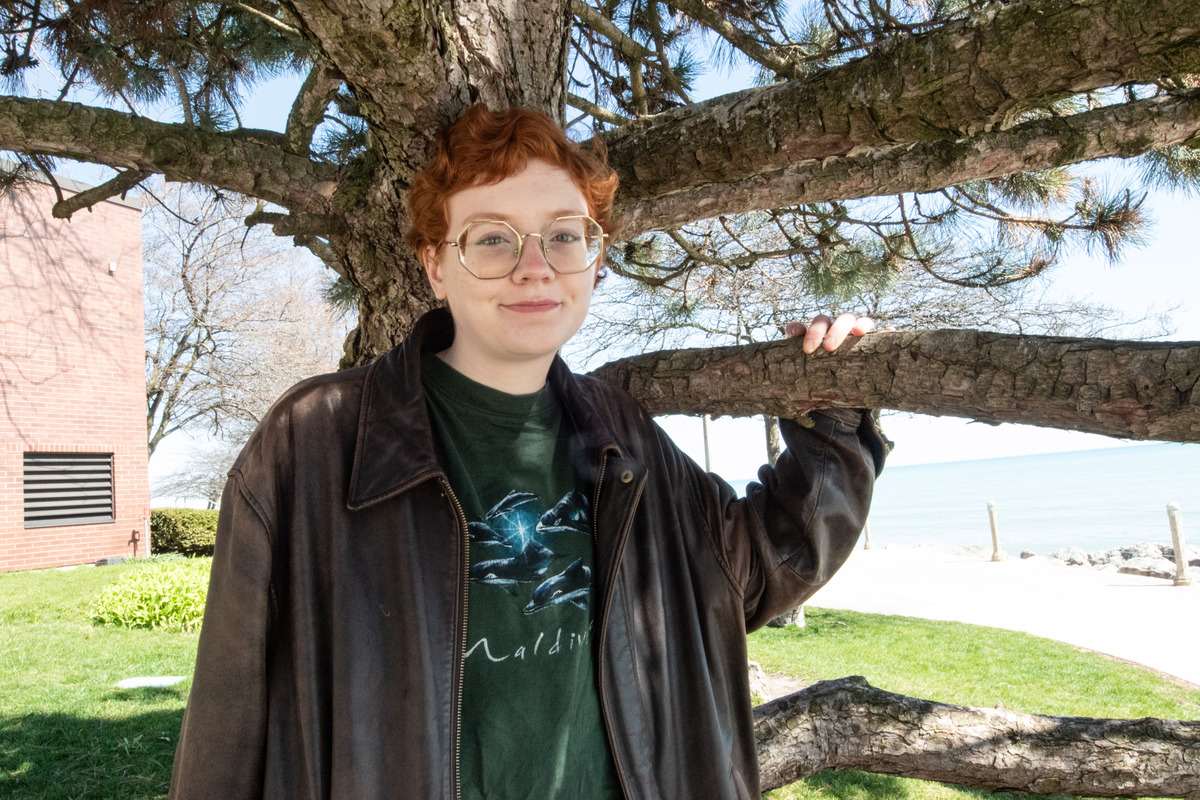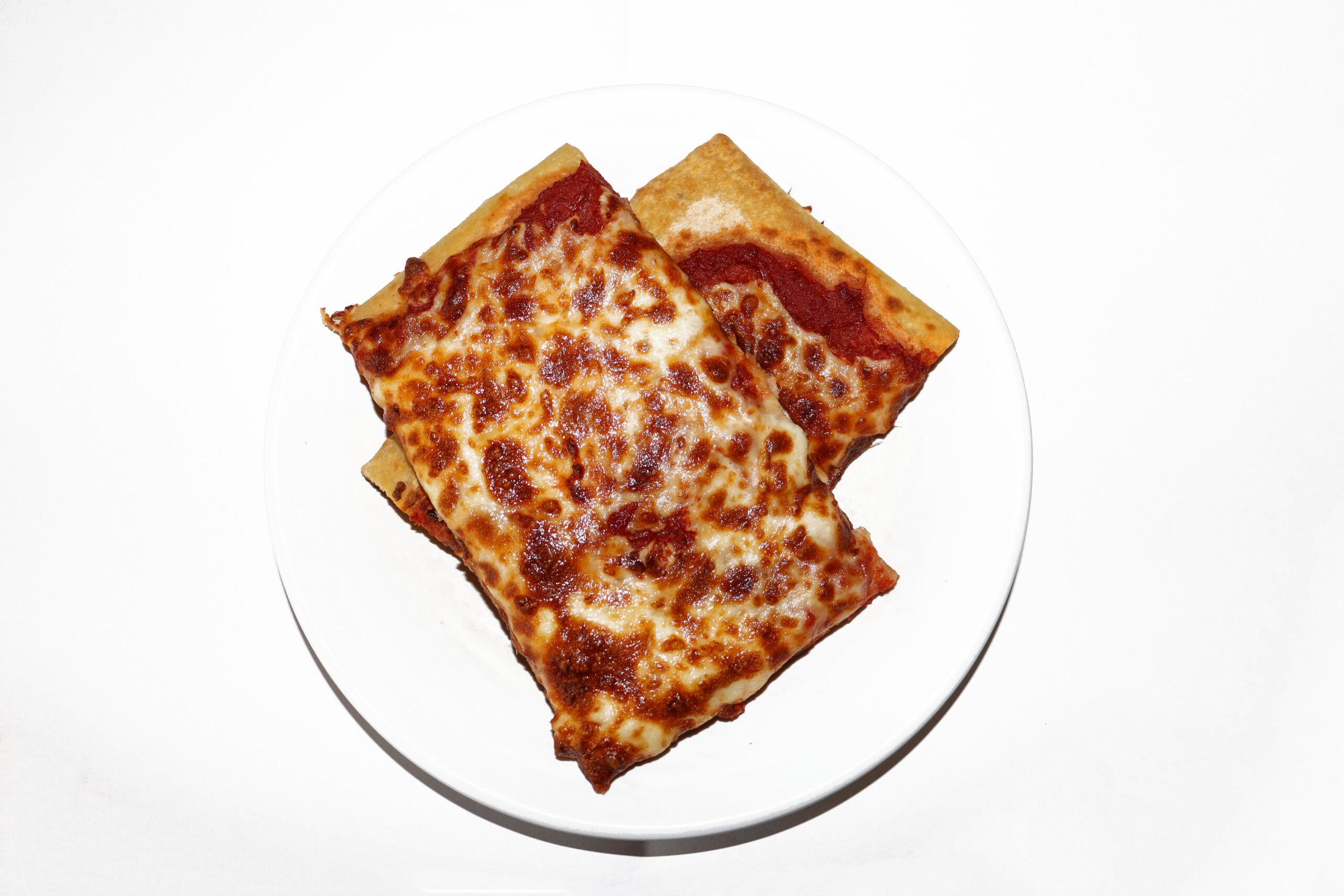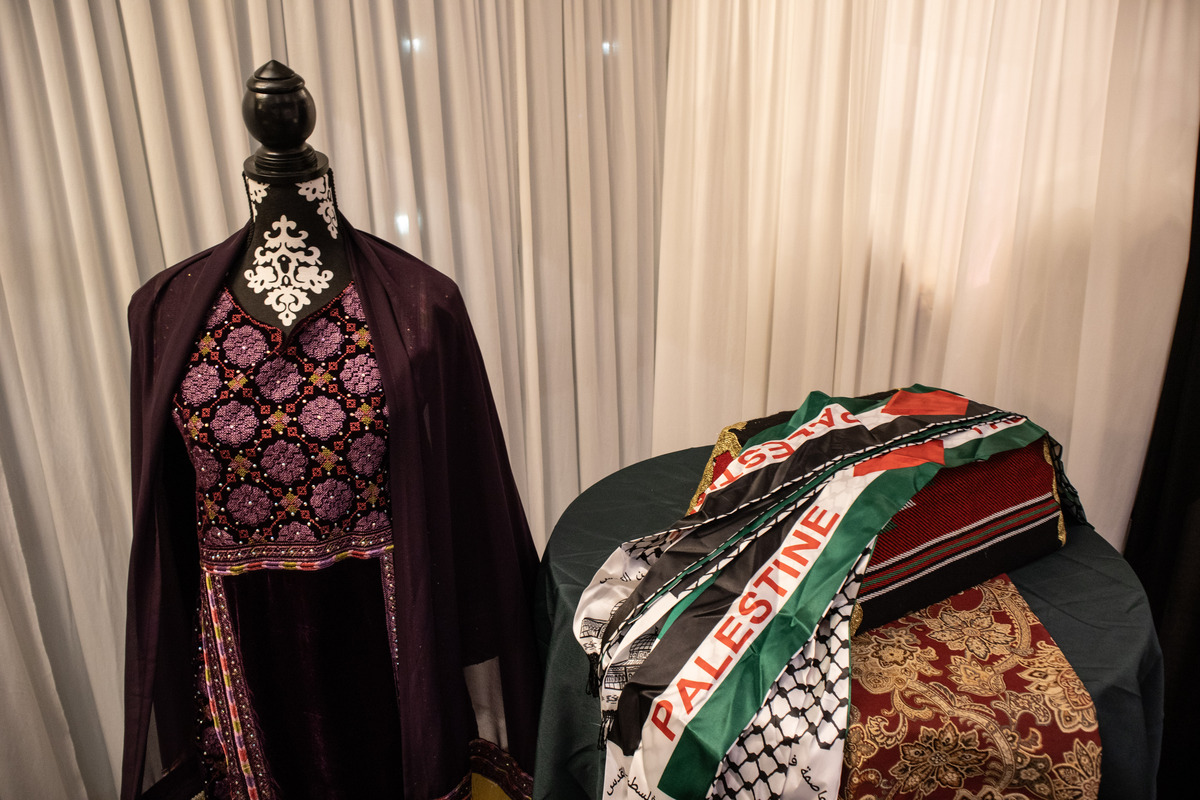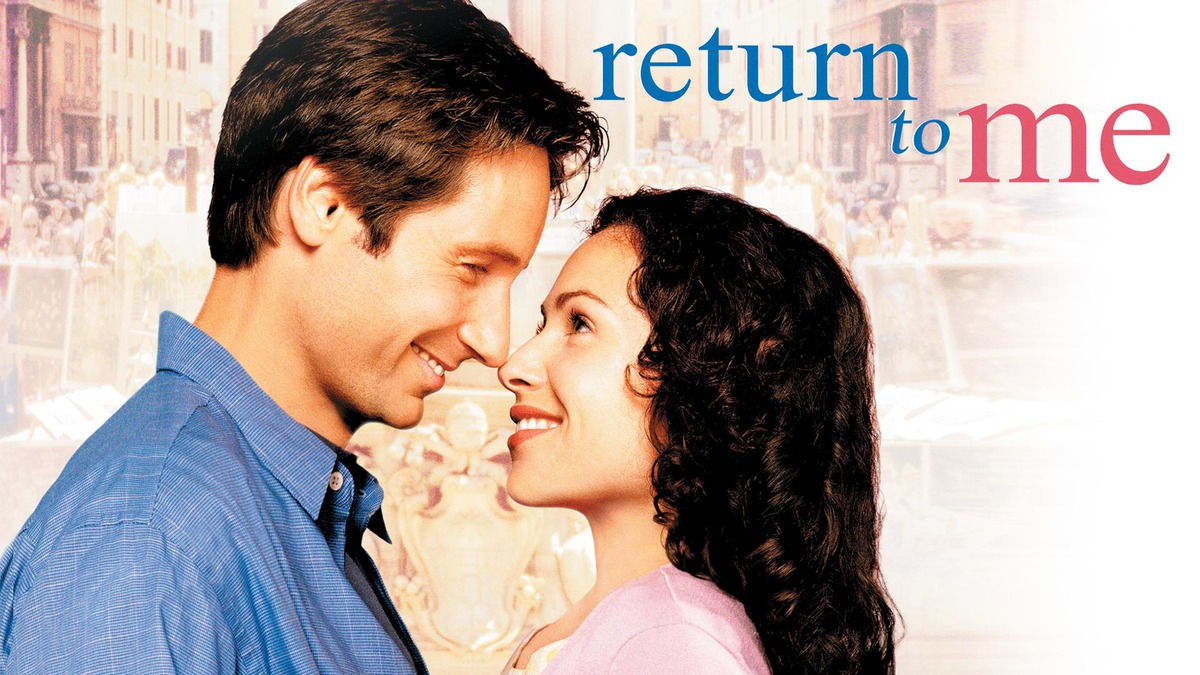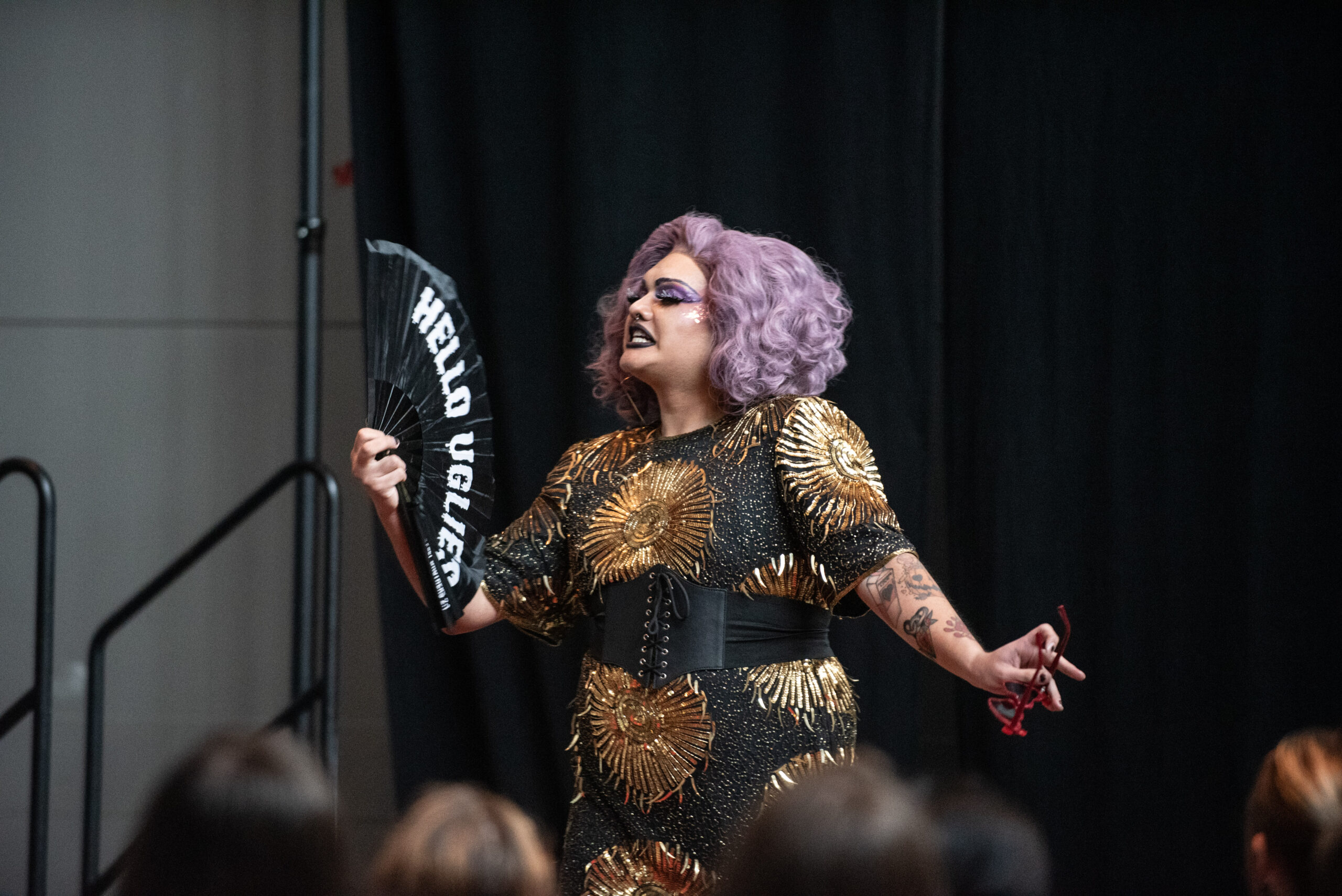Regardless of drama surrounding the release, Pugh and Styles’ chemistry on-screen is undeniable.
‘Don’t Worry, Darling’: A Movie Wilde-ly Worth the Wait

From dating rumors to spitting on co-stars, the internet has seen nothing but excitement leading up to the “Don’t Worry Darling” premiere on Sept. 23. Fans were given plenty of stirring content prior to the film’s release, such as a blossoming relationship between Harry Styles and Olivia Wilde, causing a potential strain on Olivia Wilde’s professional relationship with Florence Pugh. Fortunately for viewers, there is much more to director Olivia Wilde’s work than the drama consuming the film.
Wilde’s utopian town Victory is a typical white-picket fence neighborhood, flooded with happy couples and flawlessly landscaped gardens. Victory’s setup depicts the psychological thriller’s recurring themes of “beauty in control” and “grace in symmetry” — the two phrases that nag at the characters throughout the film.
Located in the middle of a California desert, the town of Victory houses workers of the mysterious Victory Project. Alice Chambers (Florence Pugh) lives the glorified life of a housewife, whereas her husband Jack Chambers (Harry Styles) leaves every morning to fulfill his duty as a Victory worker.
While Jack’s role in the Victory Project remains unknown to Alice and viewers, she is often pictured performing domestic tasks such as cleaning the house, cooking meals and protecting Victory’s perfect, uniform way of life.
The societal norms in Victory mirror ideas Betty Friedan’s novel “The Feminine Mystique” and modern-day feminism oppose — the assumption women are fulfilled solely tending to homes and husbands. Wilde’s depiction of Victory and its standards add significant complexity and depth to her film.
However, Alice’s typical housewife duties are what lead her to question her reality. Her curiosity unintentionally sparks a series of hallucinations that haunt her until the end of the movie.
Regardless of drama surrounding the release, Pugh and Styles’ chemistry on-screen is undeniable.
Pugh (“Midsommar,” “Little Women”) delivers an excellent performance and encapsulates the feeling of being an outsider in a social group. Her electric and layered performance carries the movie in comparison to her co-stars. Pugh’s raw talent is what makes “Don’t Worry Darling” so worth the watch.
Unlike Pugh, Styles’ (“Dunkirk,” “Eternals”) acting abilities were mediocre. The audience laughed during his most serious scenes, such as when Jack yells at Alice about his job significance. Wilde was clever in casting a beloved celebrity as Jack, making his reveal as the main villain even more shocking. Still, Styles’ delivery is disenchanting. Styles lacked edge and charisma in his character — he’s lucky Pugh’s performance was so powerful.
However, the two complement one another throughout the film, making it easy to understand why Pugh and Styles are so loved among fans.
The costume pieces of “Don’t Worry Darling” are just as eccentric and bright as Pugh’s acting. Intricate designs and fluorescent sparkles illuminate the beauty and effort of the film while simultaneously captivating the viewer’s eye. The glorification of partying, drinking and dancing while wearing flamboyant articles of clothing reflects the allure of Baz Luhrmann’s 2013 “The Great Gatsby.”
Just as Wilde’s work delivers with the costume design, her decision to include Styles’ song “With You All the Time” as the movie’s main melody is impeccable. In comparison to the other music played in the film, such as The Crew Cut’s light-hearted “Sh-Boom (Life Could Be A Dream),” which ties into the perfect life aspect of the film, Styles’ song sounds like a nursery rhyme infested with an eerie undertone. Though the lyrics to “With You All the Time” are initially sweet, the song transforms into a haunting and unsettling tune.
It’s no wonder Wilde’s work brought in $19.2 million to the U.S. box office in ticket sales on its opening weekend.
Wilde’s “Don’t Worry Darling” entertains the concept of women tied to the domestic sphere, but the movie shifts and provides a relatively modern contrast to the 1950s aesthetic of Victory.
As modern-day scenes and Victory scenes begin to flash across the screen, the storyline and Wilde’s directional approach with “Don’t Worry Darling” unfold.
Wilde’s town of Victory emulates what it’s like to be stuck in a man’s world and Jack perpetuates the oppressive stereotype that women are subservient to men. Alice, having no interest in maintaining this cycle, reclaims her autonomy.
The film’s abrupt and unresolved ending leaves viewers in the dark — a reflection of the film’s chilling message.
“Don’t Worry Darling,” rated R, is now in theaters.
Featured image courtesy of Warner Bros. Pictures.





